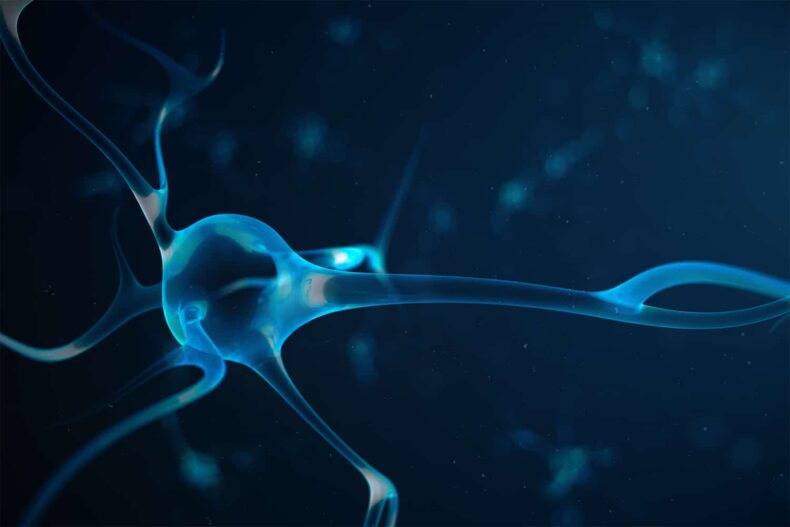Overview
A group of researchers from the NYU Grossman School of Medicine uncovered that brain signals that are instrumental in storing and processing memories could be a key to influencing sugar levels in the body.
In ground-breaking research published in the Nature journal, it has been surmised that brain activities and metabolism may be more closely linked than originally thought.

The researchers found a consistent pattern of a dip in sugar levels when “fire” or ripples were generated in the hippocampus region of the rats’ brains.
What is the hippocampus?
The hippocampus is a structure inside the temporal lobe of a typical mammalian brain. It has traditionally been the most widely studied portion of the brain because of its clinical significance.
Hippocampus has various indispensable functions, including learning, storing and processing memory, and cognitive and helping us with spatial navigation.
Additionally, it has also been found to regulate empathetic and emotional human behaviour. In cases of neurological atrophy or any psychological disorders, the hippocampus is adversely affected, which explains the “clouding of our judgment and rationale” in such cases.
Ripples or bursts of electrical waves are generated when people learn new things or draw some memory back up. This has been observed in a plethora of mammals during deep sleep.
There’s also evidence suggesting that these “neural shudders” are mainly responsible for metamorphosing short-term memories into long-term.

Results Observed
Electrodes were implanted into the hippocampus of the rats’ brains, and a glucose monitor was also retrofitted onto their backs.
The glucose monitors functionally keep tabs on the sugar levels in the fluids around a cell and provide an apt measure for blood sugar level.
The electrodes synthesized the short electrical impulses produced now and then due to synaptic lapses and transmitting stimuli impulses through the neurons — communicating with the other part of the body.
Throughout recent years, it has been uncovered that hippocampal neurons typically “fire” within milliseconds of each other. In medical terminology, this has been dubbed as a “sharp-wave ripple” owing to the shape seen on the EEG (electroencephalography), a technique to measure brain activities by electrical impulses.
In the research conducted by the NYU Grossman School of Medicine, the hippocampal sharp waver ripples were immediately followed by dropping sugar levels in the rat’s body. This pattern was repeated for a group of control rats, and the results were irrefutably consistent.
Researchers even attempted to create artificial ripples by utilizing photosensitivity to test whether it was a mere coincidence or not.
This is a very technique known as optogenetics, and it re-engineers the hippocampus to include light-sensitive channels.
Glimmering lights through glass fibres engendered synthetic ripples, not dependent on rats’ physiological states (sleeping, walking etc.). It was again found to reduce blood sugar levels.

Significance & Future Potential
The results obtained from the series mentioned above of experiments are nothing short of remarkable.
For instance, it could be a key to unravelling the link between insulin, a peptide hormone produced by the pancreas, and some other hormones released by the pituitary gland located beneath the hypothalamus of the brain and the hippocampus ripples.
This study could ignite further research into how we can use the brain to regulate the insulin levels in the body of a patient afflicted with type-2 diabetes mellitus.
It can also explain other things, such as how the sleep cycle is inherently affected by high glucose levels, which probably impacts the hippocampus.
Neuroscientist György Buzsáki, who led the research, says that it can be an eye-opener for a whole new avenue not explored before in neurology.
Sugar levels can be influenced by tweaking the ripples created in the brain via electrical or magnetic jolts, which can improve metabolism in diabetics.
Although, he insists that for now, this a still a far-fetched idea to be implemented directly as the interdependence between the lateral septum (another sub-structure of the brain) and hippocampus’ functions are not correctly understood, even though there’s some reason to believe that ripples and memories encoded in the cortex may bear some connections.
Read More: Exercises to be practised for Mental Health
Read More: 4 Signs that you may be worried about a serious memory loss problem













